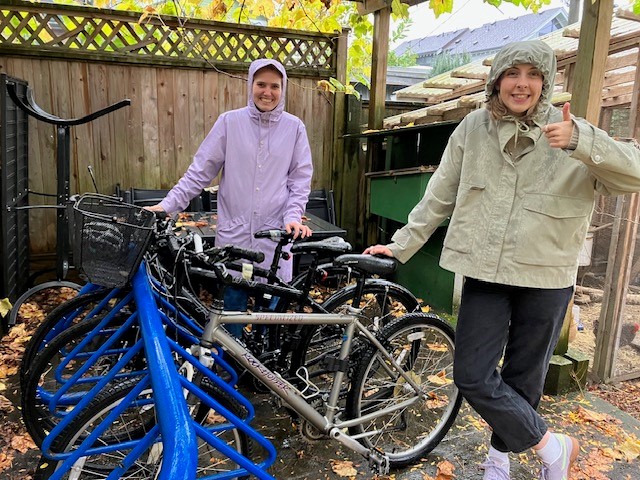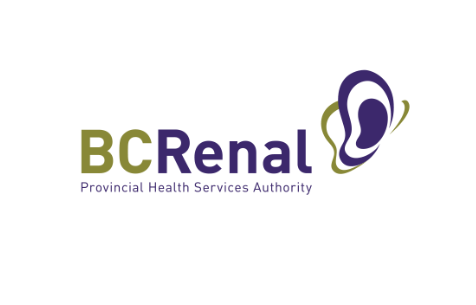EES partners with researchers to study the impact of wildfire smoke on BC health facilities and their patients
In British Columbia, smoky summers are becoming the norm. Wildfires are becoming more frequent and severe, and the corresponding smoke events are becoming more extreme. For people in BC and beyond, wildfire smoke makes daily activities more challenging, both physically and mentally. For more vulnerable populations, including pregnant people, young children, the elderly, and those with chronic conditions, smoke is not just an inconvenience; it can be a deadly hazard.
Since populations most vulnerable to smoke events are highly represented in health facilities, the Energy, Environment and Sustainability (EES) collaborated with researchers from partner organizations to understand how smoke affects those receiving treatment. The study is a collaboration between PHSA, VCH, BCCDC, UBC, and Health Canada. It is among the first of its kind.
To gather data, the researchers installed one outdoor and seven indoor low-cost sensors to assess fine particulate matter infiltration (PM2.5) at a large inpatient rehabilitation facility in Vancouver. The five-storey 1972 building has an HVAC system with ten air handling units. Overall, the sensors proved to be very effective at evaluating air quality indoors.
Though the research is ongoing, data collected in 2020 showed up to 41 per cent more particulate matter when wildfire smoke is in the air. Indoor concentrations increased an average of 19 per cent throughout the building. Location, building envelope characteristics, and air filtration systems are additional factors affecting indoor air quality.
Recommendations to reduce staff and patients’ exposure to smoke and therefore, smoke inhalation, included: avoiding opening windows during smoke events, more frequent changing of pre-filters in air handling units, limiting the number of entrances used, and the use of double doors with vestibules (which were already part of the facility). The study authors also recommended portable air cleaners and larger-scale upgrades to filtration systems.
The results of this study underscore the need to carefully consider indoor air quality during wildfire season across all health facilities. While it is unnerving to consider wildfire smoke events as a normal part of BC summers, the information gathered from this study can help patients and facility staff to breathe a little easier.








